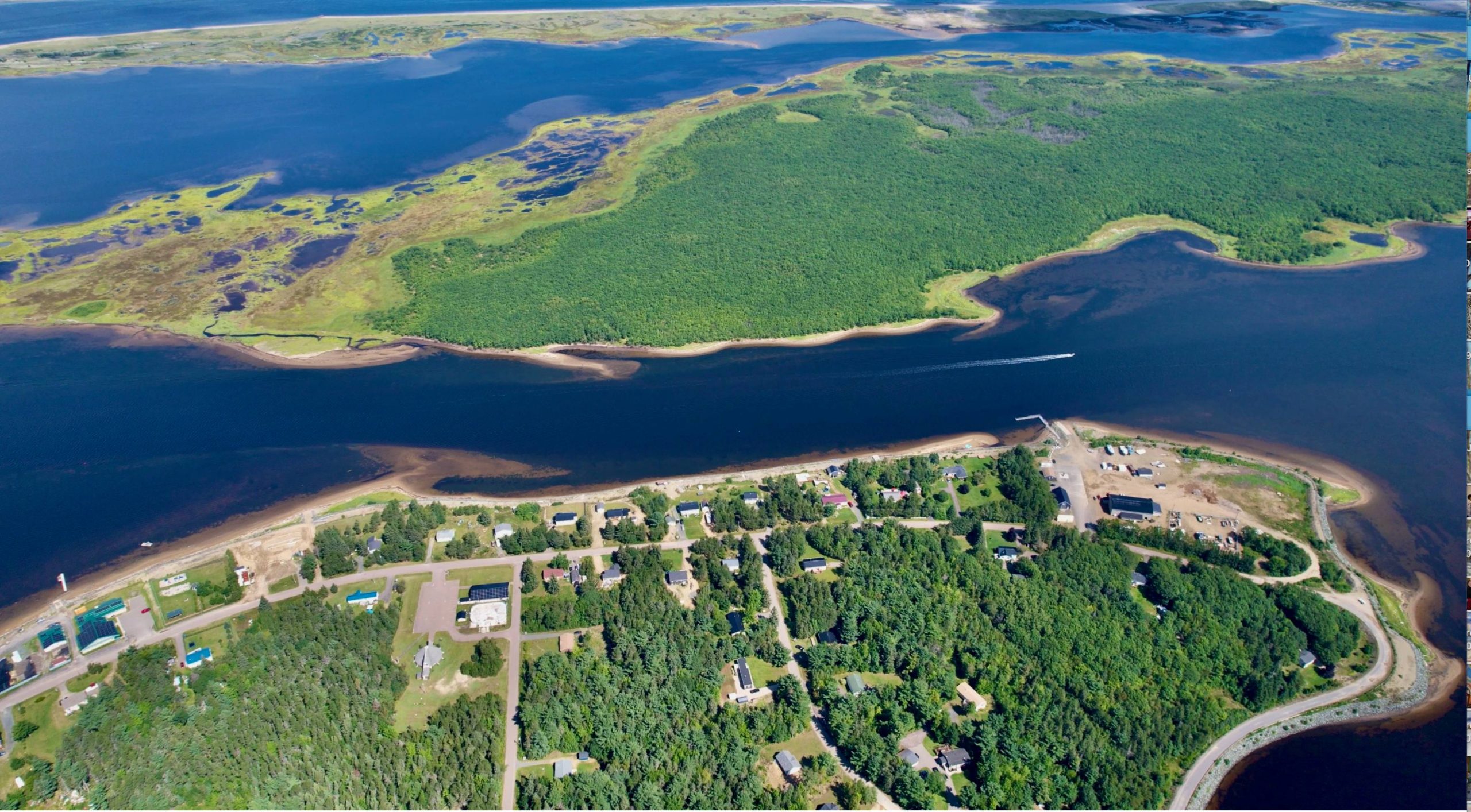NB Power wants to maintain the Mactaquac dam for its intended lifespan, until 2068, at an expected cost of $2.9 billion to $3.6 billion.
The utility made the announcement Tuesday at the Mactaquac Generating Station, saying it took into consideration environmental, technical, social and cost factors.
With the generating station approaching a premature end of its life in 2030 because of continuing chemical reaction in its concrete, the Crown corporation has been exploring a variety of options.
Keeping the station going until 2068 will require a modified approach to maintenance of the dam and replacing equipment over time, NB Power said in its announcement.
NB Power said the option it chose for dealing with Mactaquac’s problems came with the lowest cost estimate compared with other options under consideration.
In coming months, NB Power will seek environmental approvals from the province and follow application and review processes for financial approvals to be defined by the Energy and Utilities Board.
“We believe we have made a sound decision about Mactaquac that makes good business sense, meets the present and future needs of New Brunswick’s changing power grid and reflects the values of New Brunswickers,” said Ed Barrett, chair of NB Power’s board of directors said a release. “As a public utility, we clearly understand that any course of action regarding Mactaquac has deep and lasting consequences.”
Options considered by NB Power also included:
- Building a new generating station on the opposite side of the St. John River
- Leaving the dam in place but without power generation
- Removing the dam and generation station and allow the river to return to its natural state
The option to repower the Mactaquac dam would involve building a new powerhouse and spillways on the Kingsclear side of the St. John River. (NB Power)
George Porter, NB Power’s project director on the Mactaquac project, said previously that the maintenance option would have a shorter lifespan and lower cost than building a new generating station and dam that would be expected to operate for 100 years.
NB Power’s debt stands at about $5 billion while the province’s debt is forecast to hit $14 billion by the end of the 2016-17 fiscal year.
The existing dam has a capacity to generate 660 megawatts of electricity, which is enough to supply about 12 percent of the province’s homes and businesses with electricity, says NB Power.
This was a preliminary rendering of the St. John River at Mactaquac if all structures were decommissioned and removed. (NB Power)
The utility has been given direction by the provincial government to have 40 per cent of its in-province electricity sales provided by renewable resources by 2020. It attained 42 percent of energy sales from renewable resources in 2015-16.
In information released throughout the public discussion about the Mactaquac options, NB Power said if the decision is made not to retain power-generating capacity at Mactaquac, it will have to replace the power from Mactaquac with renewable energy.
Other sources of renewable energy include biomass, biogas, solar, hydro, ocean and enhanced geothermal.
The option to maintain the headpond but not generate power would have involved constructing new concrete spillways on the Kingsclear side of the St. John River. (NB Power)
The Mactaquac dam opened in 1968 and was expected to be in operation for 100 years.
However, an alkali-aggregate chemical reaction in the dam’s concrete caused the dam to expand over the years, reducing its expected life span to 62 years.
The building of the dam on the St. John River created a 96-kilometre long headpond above the dam, which has led to real estate development along its shores.
The headpond is also a popular fishing and boating venue.
CREDIT | ALAN WHITE, CBC NEWS


Leave a Reply
You must be logged in to post a comment.